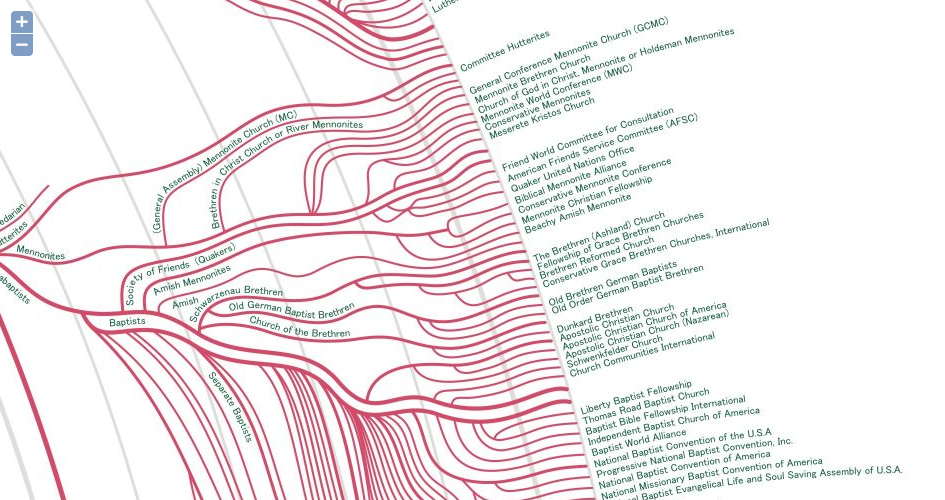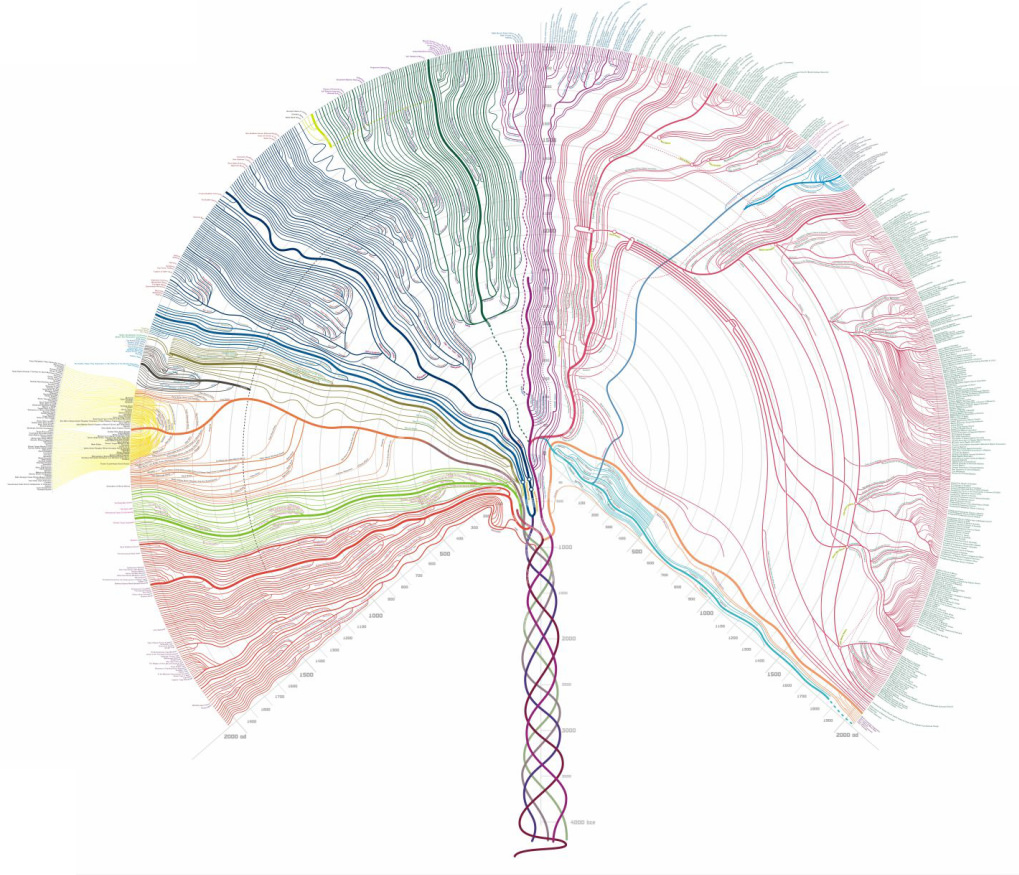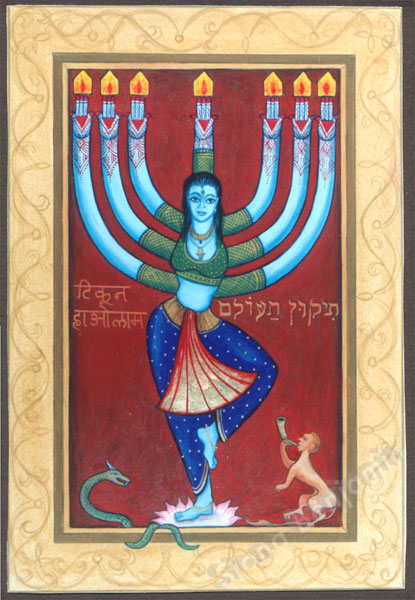1. THE GODHEAD
At the very heart of Christianity is the figure of the Triune God - the God of the Old and New Testaments. Shakyamuni Buddha, on the other hand, steadfastly refused to answer questions about God. He said that for us, such questions simply didn't address the issue that was always uppermost in His mind: suffering and the end of suffering. He also said that to discuss the concept of God would inevitably lead to quarreling.
2. FIRST CAUSES
Anyone with a smattering of Christian education knows that the God of the Bible is considered the "first cause" of existence. And, from the Christian perspective, the "first cause" of mankind's current darkness can be located in the primal disobedience of Adam and Eve as told in the Book of Genesis. Buddha Dharma, however, deliberately avoids a discussion of first causes.
3. THE QUESTION OF ETERNAL DAMNATION
The Bible is clear that for those who reject Christ's call, eternal damnation awaits. Whether we're talking about burning forever in a lake of fire, or simply ending up in a state of existential alienation from light and life - the picture is one of being shut out FOREVER.
Buddhism also has its vision of hell-realms - but Buddhism also asserts that all sentient beings have Buddha-Nature (Skt. tathagatagharba), and all sentient beings eventually have a full experience of that nature as Buddhas - no matter how many ages it might take for that experience to manifest.
Speaking personally, for me one of the great sustaining joyful concepts in the Dharma is the idea that eventually ALL become Buddhas. It provides (for me) a great medicine against what would otherwise be a sense of despair about the seeming intractability of darkness in the human condition.
4. THE QUESTION OF REBIRTH
Early on in Church history, there were those who believed in the idea of rebirth. But as Church doctrine codified, this idea was discarded as incorrect. In Buddhism, rebirth is a basic fact of the Dharma.
I'm not going to get into one of those endless discussions about rebirth vs. reincarnation that Buddhists have been having for 2500 years. But clearly there is something that is intrinsic to each of us that survives this current life we are living. Simply reading Shakyamuni Buddha's description in the Larger Sutra of Amida Buddha about the many lives of the Bodhisattva Dharmakara, who finally becomes Amida Buddha, makes that clear enough.
Speaking personally, once again - this Dharma is the most powerful and wonderful medicine for me. Indeed, one of the things that precipitated my leaving the Christian faith was the fact that most of my blood family were European Jews who perished in the Holocaust. Because of 2000 years of vile anti-Semitic behavior by Christians (of which the Holocaust was the apotheosis) there was no way these poor people would have ever responded to the Gospel message.
I just couldn't wrap my mind around the idea that an all knowing Creator God would load the dice so that the six million Jewish victims of the Holocaust would inevitably end up in any sort of hell, with no way out - ever.
So the Dharma - with its LONG view of existence through many lifetimes - and its promise of universal salvation made perfect at last through the Primal Vow of Amida Buddha - has given me much comfort and hope right here.
5. THE IDEA OF EVIL
When I came to Master Shinran's writings for the first time - especially when comparing Shinran to a lot of modernist writers from all schools of Buddhism - the presence of the word EVIL was disconcerting. Here is one place where Master Shinran and St. Paul sound like they're reading from the same hymn book, so to speak.
But in fact they're NOT.
Master Shinran's idea of evil is firmly grounded in the Buddha's teachings, just as St. Paul's is firmly grounded in the Bible account of Genesis.
For Shinran, the root of evil is our IGNORANCE. It is essentially an ONTOLOGICAL issue - an issue of BEING. We tend to do evil because we are being blinded to our Buddha-Nature by our countless delusions and obscurations.
For Paul, the root of our evil is DISOBEDIENCE to God's will. It is essentially a MORAL issue. We tend to do evil because the whole race is infected with the moral disobedience of the primal human parents, Adam and Eve.
6. THE MECHANISM OF SALVATION
In Christianity, the mechanism of salvation is the substitutionary atonement of Jesus Christ, as explained most clearly by the Apostle Paul. The innocent Lamb of God decides to bear the burden of the punishment due me, a sinner who has violated God's moral law. My guilt is imputed to him, and his righteousness is imputed to me.
In fact, in Christianity, the mechanism of atonement, sacrifice and scapegoat occurs repeatedly as a theme foreshadowed in the Old Testament. It is part and parcel of the reality of the broken relationship between a totally just God and a totally defiled humanity.
In Shin Buddhism, on the other hand, the mechanism of salvation is in the declaration of the 48 Vows by Bodhisattva Dharmakara resulting in his ultimate transformation to Amida Buddha and the creation of His Pure Land (Skt. sukhavati).
What both mechanisms have in common is the imputation of righteousness and the removal of moral or karmic debt.
http://web.mit.edu/stclair/www/Faith.html



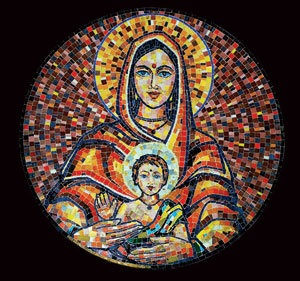









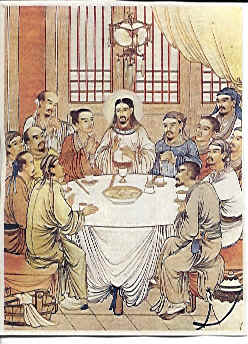

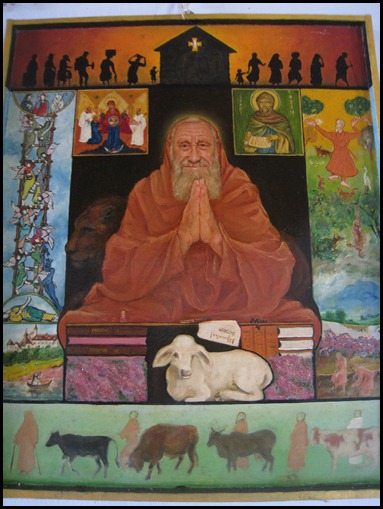


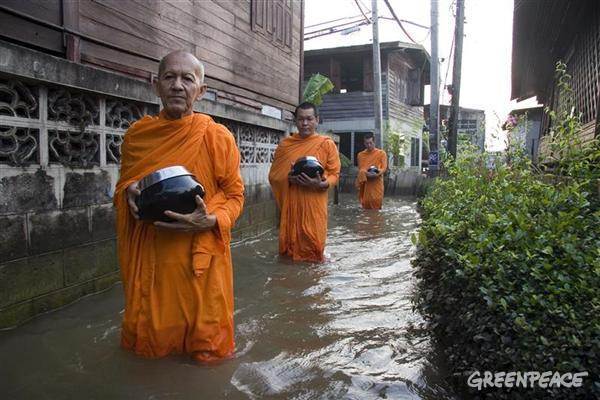
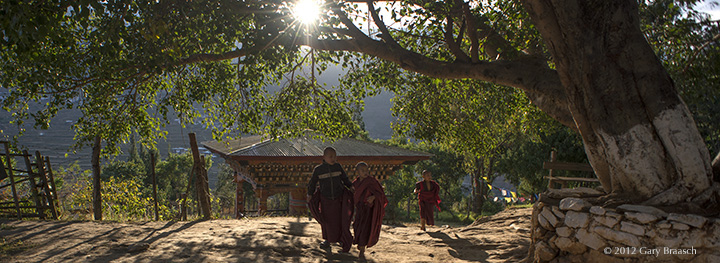

 [/IMG]
[/IMG]


